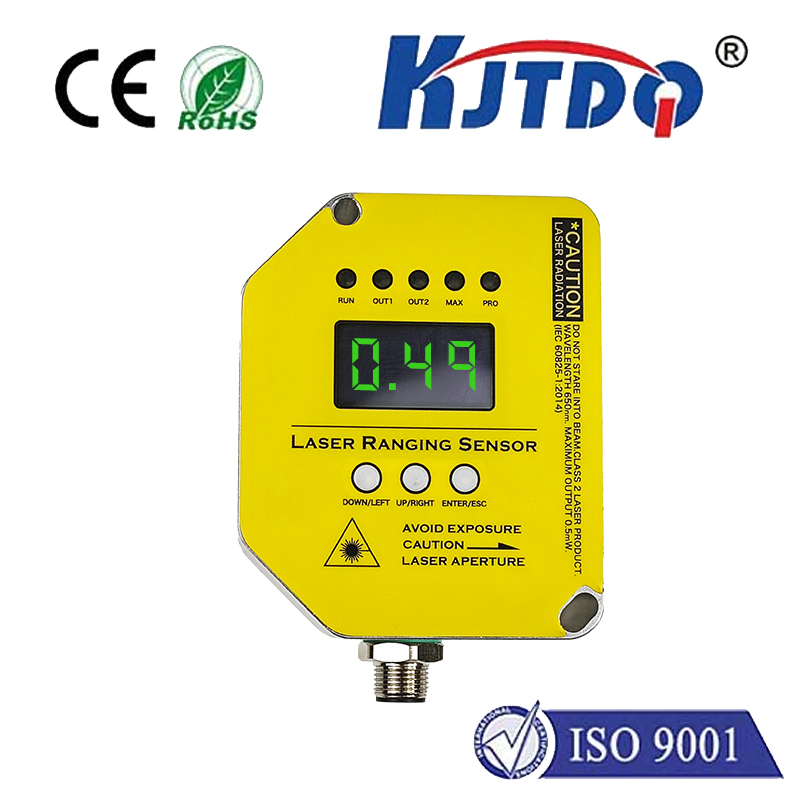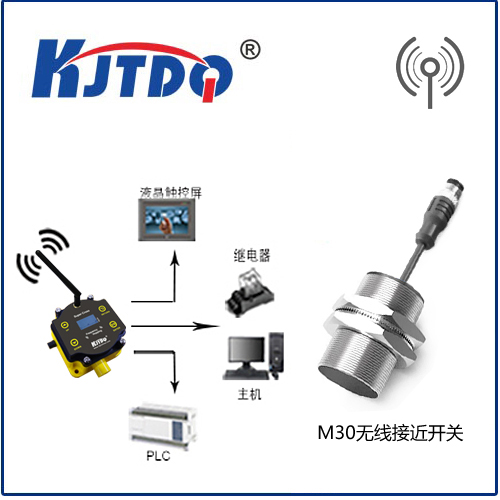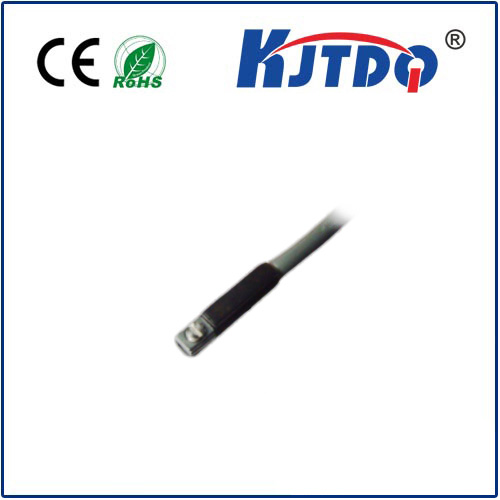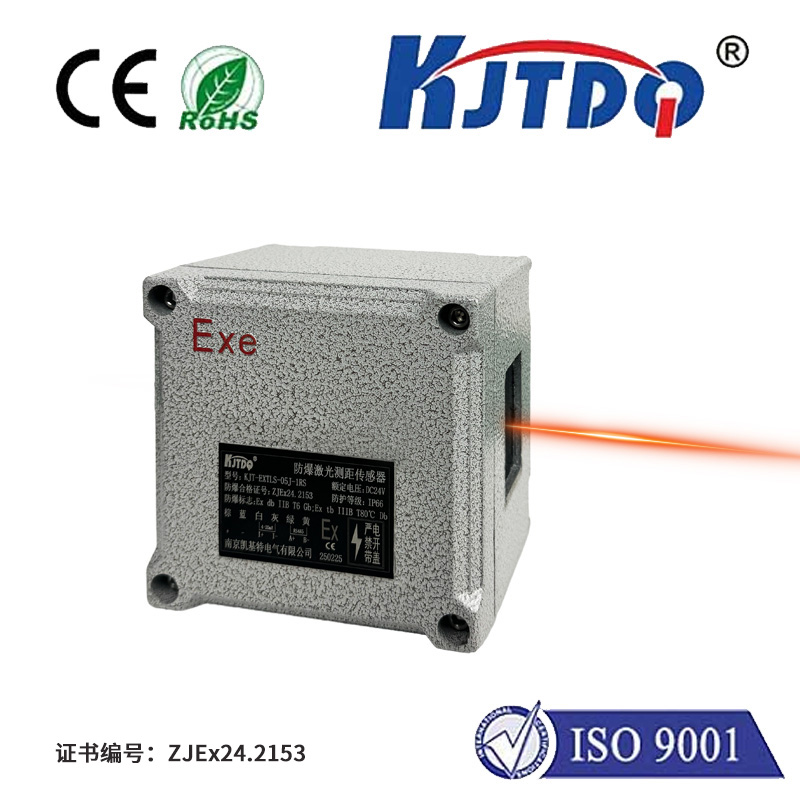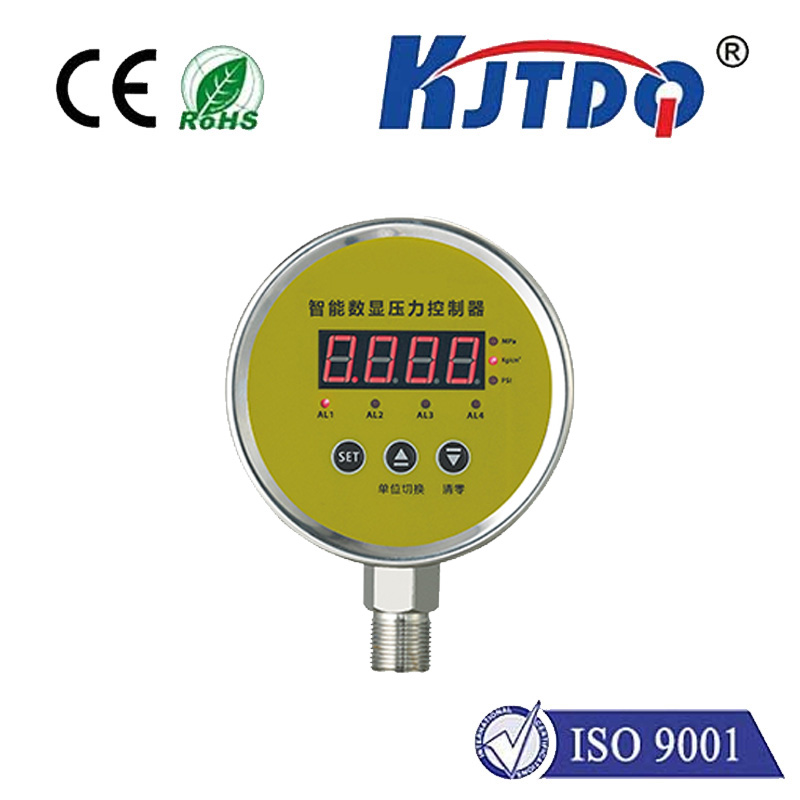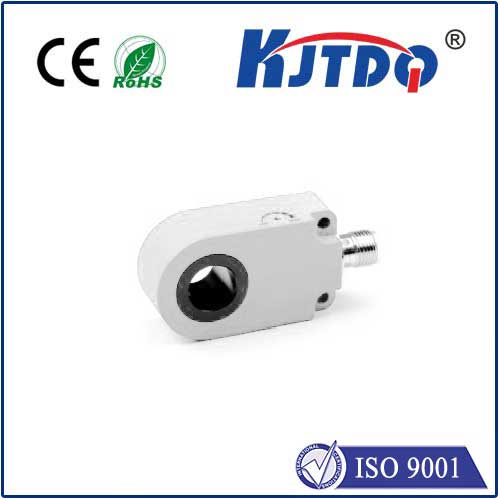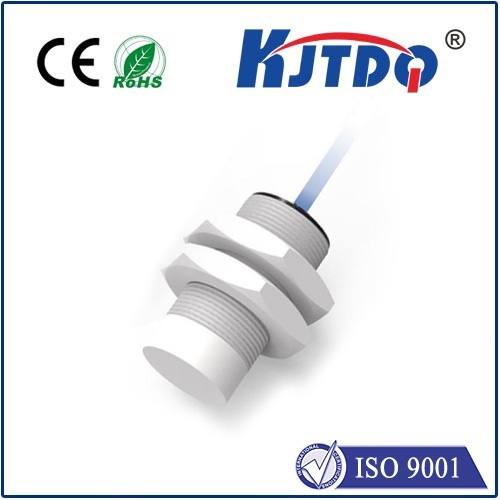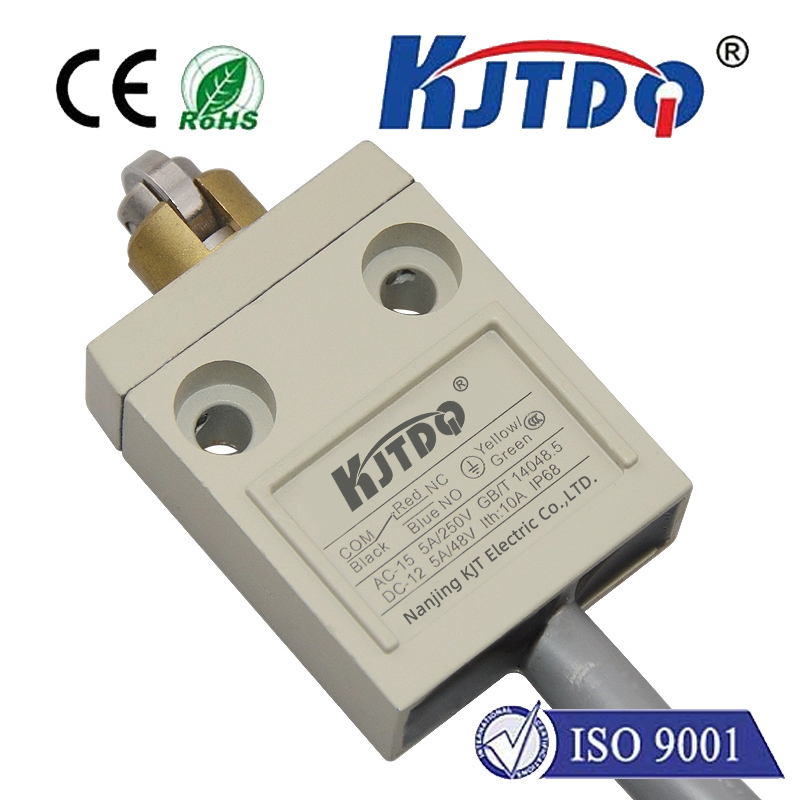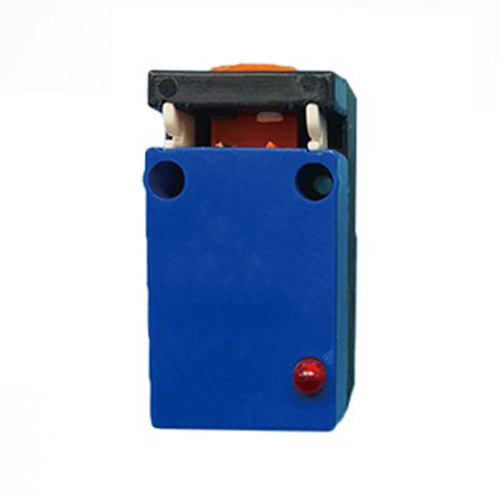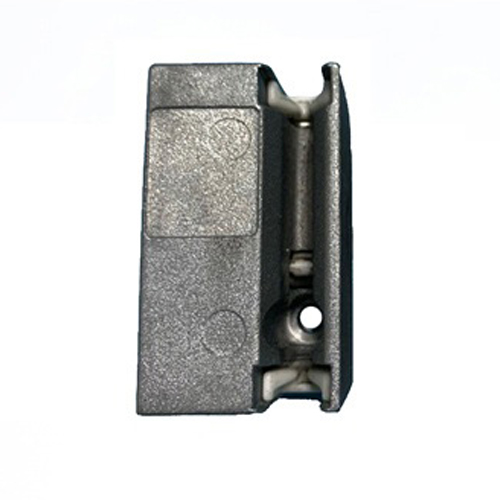

check

check

check

check

check

check

check

check

check

check
arrow Beam Sensor: A Revolution in Precision Sensing
In the world of sensors, the narrow beam sensor has emerged as a game-changer for those who require precision and accuracy in their measurements. This innovative technology offers unparalleled performance, making it an essential tool for various industries. In this article, we'll delve into the features and benefits of the narrow beam sensor and explore its applications across different sectors.
The Narrow Beam Sensor: Features and Benefits
The narrow beam sensor is designed to provide highly focused and precise detection capabilities. Unlike traditional sensors that emit a wide beam of light or energy, the narrow beam sensor emits a concentrated beam that can detect small objects or variations with exceptional accuracy. This feature makes it ideal for applications where precision is critical, such as manufacturing, automation, and quality control processes.

One of the key benefits of the narrow beam sensor is its ability to reduce false alarms and improve reliability. By focusing on a specific area or object, the sensor eliminates interference from surrounding objects or environmental factors, resulting in more consistent and accurate readings. Additionally, the narrow beam sensor is highly sensitive, enabling it to detect even the slightest changes in the target object's position or orientation.
Applications of the Narrow Beam Sensor
The narrow beam sensor has found widespread use in various industries due to its precision and reliability. Here are some examples of how it is being utilized:
1. Manufacturing: In production lines, the narrow beam sensor can monitor product dimensions, ensuring compliance with quality standards. It can also detect defects or anomalies in real-time, allowing for immediate corrective action.
2. Automation: The sensor plays a crucial role in automated machines and robots, enabling them to perform complex tasks with high precision. By detecting minute changes in the position or orientation of components, the narrow beam sensor ensures seamless operation and reduces errors.
3. Quality Control: For companies that require strict adherence to quality standards, the narrow beam sensor offers a reliable solution for continuous monitoring and inspection. It can detect even the smallest deviations from specified parameters, ensuring that only products meeting the required criteria are approved for shipment.
4. Logistics and Warehousing: In warehouses and distribution centers, the narrow beam sensor can be used to track inventory levels, monitor stock movements, and prevent losses due to theft or misplacement. By providing accurate data on item locations and quantities, it helps optimize inventory management processes.
Conclusion
The narrow beam sensor represents a significant advancement in precision sensing technology. Its ability to provide accurate readings while minimizing false alarms makes it an invaluable tool for industries seeking to improve efficiency, reduce errors, and maintain high-quality standards. As the demand for precision continues to grow, the narrow beam sensor will undoubtedly remain at the forefront of innovation and progress in sensing technology.
